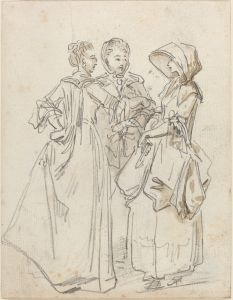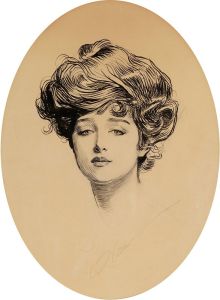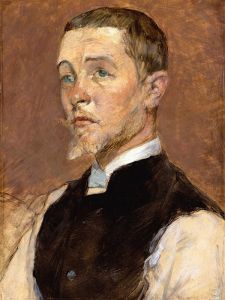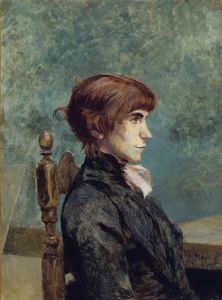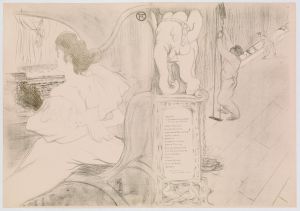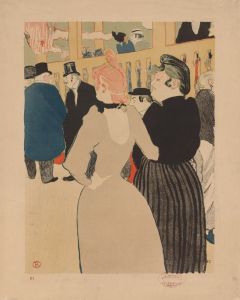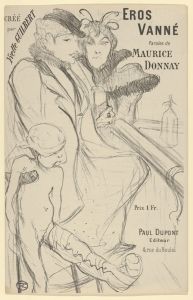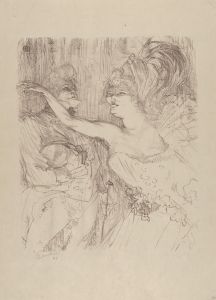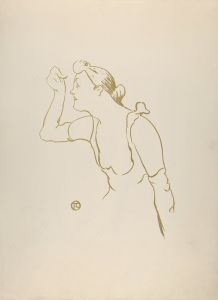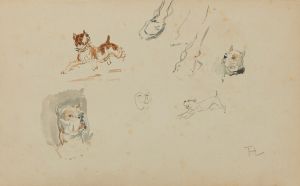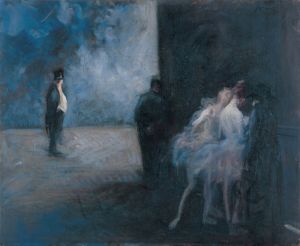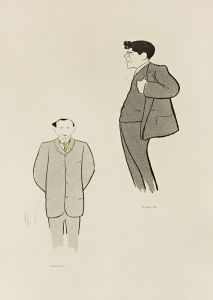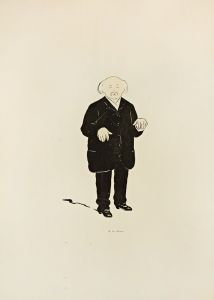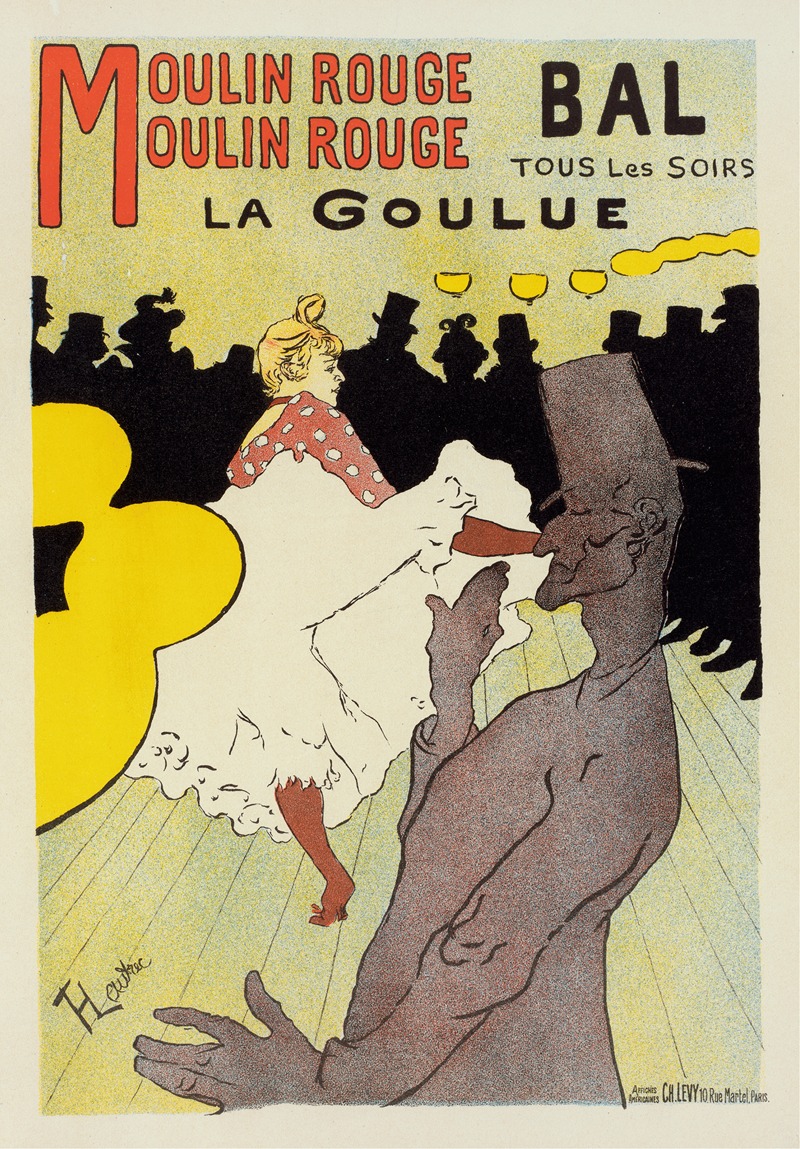
La Goulue
A hand-painted replica of Henri de Toulouse-Lautrec’s masterpiece La Goulue, meticulously crafted by professional artists to capture the true essence of the original. Each piece is created with museum-quality canvas and rare mineral pigments, carefully painted by experienced artists with delicate brushstrokes and rich, layered colors to perfectly recreate the texture of the original artwork. Unlike machine-printed reproductions, this hand-painted version brings the painting to life, infused with the artist’s emotions and skill in every stroke. Whether for personal collection or home decoration, it instantly elevates the artistic atmosphere of any space.
Henri de Toulouse-Lautrec, a prominent French painter, printmaker, and illustrator, is renowned for his depictions of the vibrant and often bohemian life of Paris in the late 19th century. One of his notable works is "La Goulue," a piece that captures the essence of the Parisian nightlife and the famous can-can dancer Louise Weber, known by her stage name La Goulue.
"La Goulue" is not a single painting but rather a series of works that include posters and paintings, which Toulouse-Lautrec created to celebrate and advertise the performances of the dancer at the Moulin Rouge, a famous cabaret in Paris. The most famous of these is the poster titled "Moulin Rouge: La Goulue," created in 1891. This lithographic poster was one of Toulouse-Lautrec's first major commercial successes and played a significant role in establishing his reputation as an artist.
The poster features La Goulue performing her energetic can-can dance, a popular and provocative dance of the time, characterized by high kicks and frilly skirts. In the artwork, she is depicted in the foreground, with her leg raised high, capturing the dynamic movement and exuberance of her performance. The background includes silhouettes of musicians and the audience, emphasizing the lively atmosphere of the Moulin Rouge. Toulouse-Lautrec's use of bold colors, strong outlines, and innovative composition techniques helped to convey the excitement and allure of the Parisian nightlife.
Toulouse-Lautrec's depiction of La Goulue is significant not only for its artistic qualities but also for its cultural impact. The poster was widely distributed and contributed to the fame of both the dancer and the Moulin Rouge itself. It exemplifies the artist's ability to blend fine art with commercial art, a skill that was relatively novel at the time and helped to bridge the gap between high art and popular culture.
Henri de Toulouse-Lautrec was deeply embedded in the Montmartre district of Paris, where he spent much of his life. This area was a hub for artists, writers, and performers, and it provided a rich source of inspiration for his work. His close relationships with performers like La Goulue allowed him to capture the spirit of the era with authenticity and insight. Toulouse-Lautrec's works are characterized by their candid portrayal of the human condition, often highlighting the vibrancy and decadence of the Parisian nightlife.
"La Goulue" and other works by Toulouse-Lautrec are celebrated for their innovative use of color and form, as well as their ability to convey the energy and excitement of the subjects they depict. His work has had a lasting influence on both the art world and popular culture, and he is considered a pioneer in the development of modern poster art.
Today, Toulouse-Lautrec's "La Goulue" remains an iconic representation of the Belle Époque period in Paris, a time marked by cultural flourishing and artistic experimentation. The poster and other related works are held in high regard and can be found in various art collections and museums around the world, continuing to captivate audiences with their dynamic portrayal of a bygone era.





